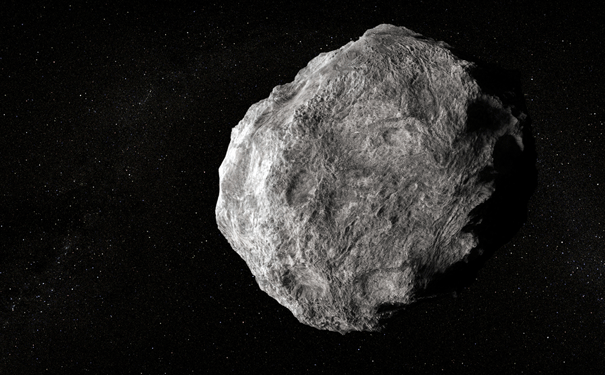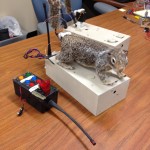
Asteroids act as laboratories, allowing scientists to study the history of our solar system. Image: Shutterstock
Asteroids suggest that new planets often get a bumpy ride.
Asteroid samples indicate that when new planets form they are constantly bombarded by particles, which range in size from a few nanometres to tens of kilometres. The samples in question were obtained from the near-Earth asteroid 25143 Itokawa by scientists from Okayama University, Japan, and the Japan Aerospace Exploration Agency as part of the Hayabusa mission.
This is the first reported analysis of grains taken directly from a body in space. Asteroids are believed to contain intermediate products from the evolution of solar bodies and could provide clues to planetary evolution.
However, the information that can be obtained from meteorites- asteroids that have fallen to Earth- is limited as their surface undergoes significant changes when they enter the atmosphere.
The Haybusa spacecraft spent several months obtaining samples from Itokawa’s surface. The capsule containing these samples returned to Earth in June 2010, landing in the Woomera Prohibited Area in South Australia.
According to the study, published in the Proceedings of the National Academy of Sciences, the researchers identified craters 100-200 nm in size, as well as particles adhered to the asteroid surface using scanning electron microscopy.
They suggested that a combination of processes, including cratering, melting and adhesion, affected the asteroid’s surface as a result of bombardment by tiny particles in space. “Impact appears to be an important process shaping the exteriors of not only large planetary bodies, such as the moon, but also low-gravity bodies such as asteroids,” the authors said.
Another feature observed from the grains was a type of feldspar that would have formed during slow cooling from temperatures of 860 °C. However, these temperatures and cooling dynamics could not have been achieved in a rock with a radius of only 300m, suggesting that Itokawa formed from a larger asteroid.
“We suggest that the chemistry and textures of Itokawa’s surface reflect long-term bombardment of equilibrated chondritic material, at scales of 10-9 to 104 metres,” the authors concluded. They added that impact processes in general play a central role in the evolution of planetary bodies.
– Laura Boness
Source: Okayama University






